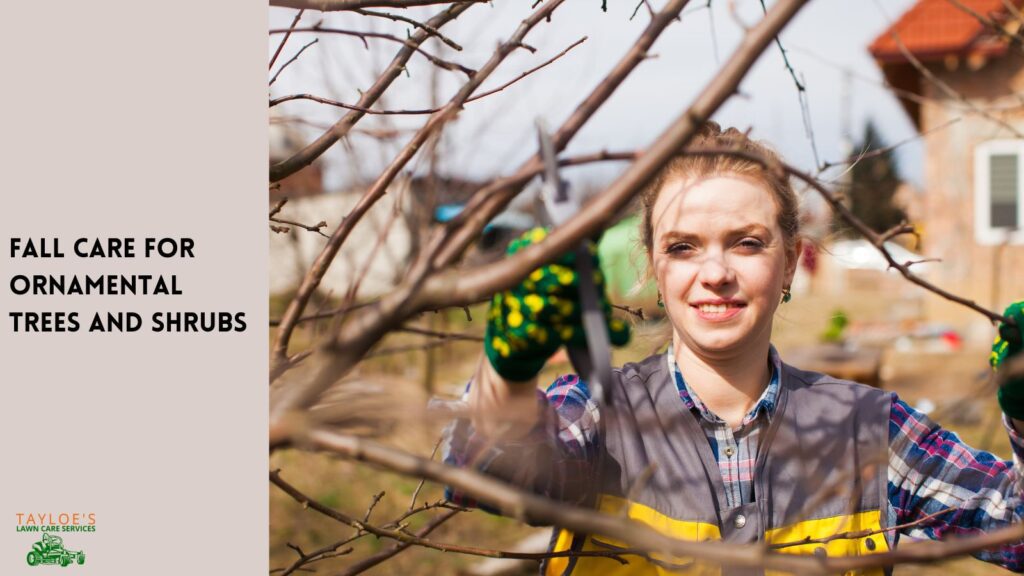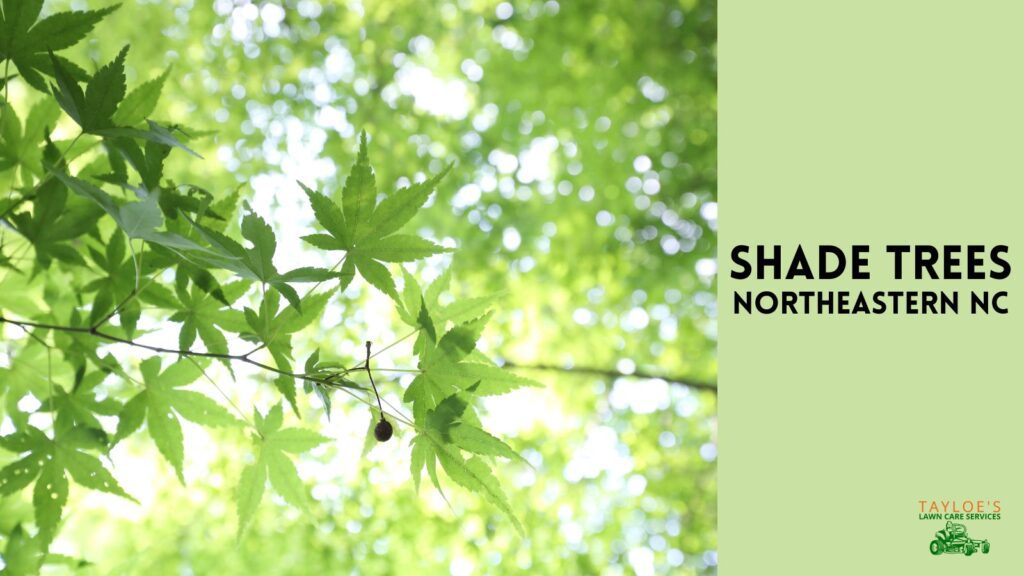Last Updated on: 28th August 2024, 06:31 am
Here’s what you need to know about tree planting seasons.
Eastern North Carolina, with its temperate climate, picturesque landscapes, and fertile soil, is a haven for many varieties of trees. Whether you’re an enthusiastic gardener looking to add some beauty to your yard or a landowner wanting to increase the green cover, knowing the optimal time to plant trees is crucial for their growth and survival.
For residents in USDA zones 7 and 8, which encompass our service areas in northeastern North Carolina, there are specific times of the year when tree planting can yield the best results.
Understanding USDA Zones 7 and 8
The USDA Hardiness Zone Map categorizes geographical areas based on average annual minimum winter temperatures. Eastern North Carolina primarily falls into zones 7 and 8:
- Zone 7: Minimum temperatures between 0°F to 10°F.
- Zone 8: Minimum temperatures between 10°F to 20°F.
Each zone has its unique characteristics, dictating when certain tree species should be planted for the best growth.
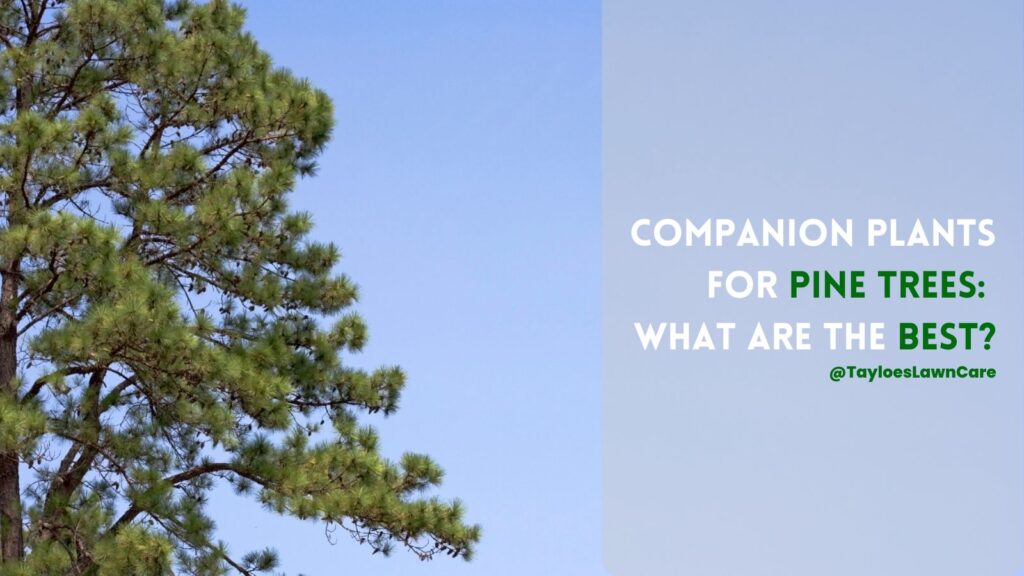
1. Plant Trees in the Fall (October – November)
Advantages:
- Soil Temperature: Throughout the summer months, the ground absorbs a considerable amount of heat. Although air temperatures start to cool down in the fall, the soil retains this accumulated warmth. Trees and shrubs rely on a process known as root osmosis. That’s when the roots absorb essential nutrients and water, and warm soils promote this process. In contrast, the cooler fall air reduces the evaporation rate of moisture from the leaves, reducing stress on the tree. As a result, fall-planted trees can establish a more robust root system before the taxing summer months, ensuring they’re better anchored and nourished.
- Natural Moisture: Fall in Eastern North Carolina transitions from hot, dry summer months to cooler, often rainier conditions. This natural moisture, combined with the reduced evaporation rates, ensures that trees maintain good hydration. This period provides an environment where you’ll less frequently need to intervene with additional watering, preserving both time and water resources.
Best Trees for Fall Planting:
Deciduous trees shed their leaves in autumn and are often primed for fall planting. Species such as Oaks, Maples, and Elms have evolved in temperate climates and are accustomed to beginning their life cycle in these conditions.
2. Plant Trees in the Early Spring (Late February – April)
Advantages:
- Before New Growth: Trees use significant energy reserves to support new growth during the spring. By planting before this flush of growth, you allow the tree to use its stored energy to establish roots in its new location. This “head start” can make a significant difference, especially when late spring and summer conditions become more challenging.
- Soil Conditions: While spring in Eastern North Carolina can be unpredictable, it’s often punctuated by rain showers. This regular moisture creates an environment conducive to root spread and nutrient uptake when paired with gradually warming temperatures. Furthermore, soils in early spring have not yet compacted from the summer’s heat, allowing easier root penetration.
Best Trees for Spring Planting:
Early spring is a time of renewal and blossoming. Fruit trees such as apple, cherry, and peach start their early growth cycle during this period. Simultaneously, ornamental trees like the Dogwood and Crepe Myrtle initiate their vibrant displays, making them excellent candidates for planting to ensure a visual spectacle in subsequent years.
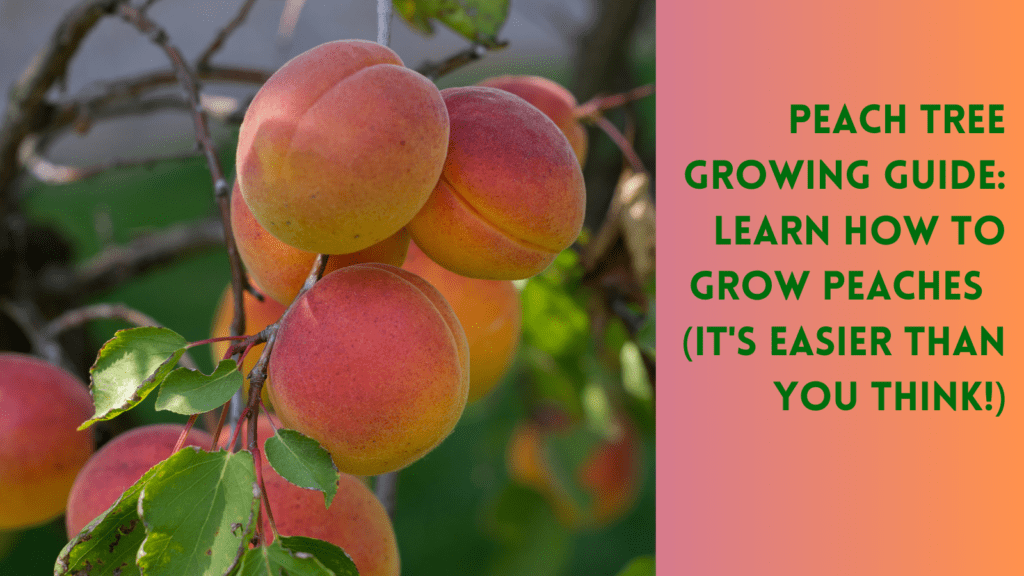
3. Avoid Summer Tree Planting
The challenges of summer – soaring temperatures, the potential for drought, and intense UV radiation – are hurdles for even established trees. For saplings, these conditions can be especially daunting. The young trees’ root systems are still developing and may struggle to uptake enough water to counteract the moisture lost through transpiration. Additionally, the high light intensity can sometimes scorch young leaves. All these factors increase the risk of transplant shock, leading to stunted growth or even tree mortality.
Off to a late start? You should generally wait for more favorable conditions in the fall to plant trees.
Considerations Before You Plant Trees
Here are a few things you should think about when you invest in trees for your landscape.
Tree Selection:
Every landscape is unique, even within the same USDA zone. Factors such as elevation, proximity to water, and local weather patterns can influence the microclimate of a specific location. This microclimate, in turn, affects how well certain trees will thrive. While a species might flourish in one part of zone 7, it could struggle a few miles away due to subtle environmental differences.
For this reason, it’s invaluable to seek expert advice when choosing trees. Local nurseries typically stock trees that are well-suited to the regional climate. Moreover, professionals like those at Tayloe’s Lawn Care Services have vast experience working in the area. We can offer insights into which trees will perform best in your specific location. Our advice will consider factors such as the tree’s growth rate, mature size, tolerance to soil variations, and resistance to local pests and diseases.

Soil Testing:
The composition and pH of the soil play a pivotal role in the health and vitality of trees. Different tree species have specific nutrient requirements and prefer a certain pH range for optimal growth. For instance, Blueberries thrive in more acidic soils, while many maples prefer neutral to slightly acidic conditions.
By testing the soil, you can determine its current pH level. You also discover the presence and concentration of vital nutrients like nitrogen, phosphorus, and potassium. If deficiencies or imbalances are detected. As a result, you can amend the soil accordingly with fertilizers or organic matter. This proactive approach ensures that once the tree is planted, it has all the essential nutrients it needs from the get-go.
Watering Regimen:
Water is the lifeblood of trees. During the initial days and weeks after planting, consistent watering is paramount. The root system of a newly planted tree is relatively small and can dry out quickly, especially in sandy soils. While it’s essential to keep the soil moist, you should also avoid waterlogging. That’s because waterlogged soil can suffocate roots and lead to rot.
A good rule of thumb is to water deeply and less frequently, encouraging roots to grow downwards in search of moisture. This deep-rooted growth pattern promotes better drought resistance in the future. Depending on the weather and soil type, this might mean watering every few days. You can taper off as the tree establishes itself.
Mulching After You Plant Trees:
Mulch is not just a decorative element; it’s a protective layer that offers numerous benefits to newly planted trees. A two to four-inch layer of organic mulch, such as wood chips or straw, helps retain soil moisture, reducing watering frequency. Additionally, mulch acts as a barrier, preventing the growth of weeds that could compete with the tree for nutrients.
As the mulch breaks down, it adds valuable organic matter to the soil, enhancing its fertility. Moreover, it helps to regulate soil temperature. So during those still-hot days, the ground doesn’t get too hot. Conversely, it will not get too cold during cool overnights. This temperature moderation protects the young roots from temperature extremes, promoting better growth and health.
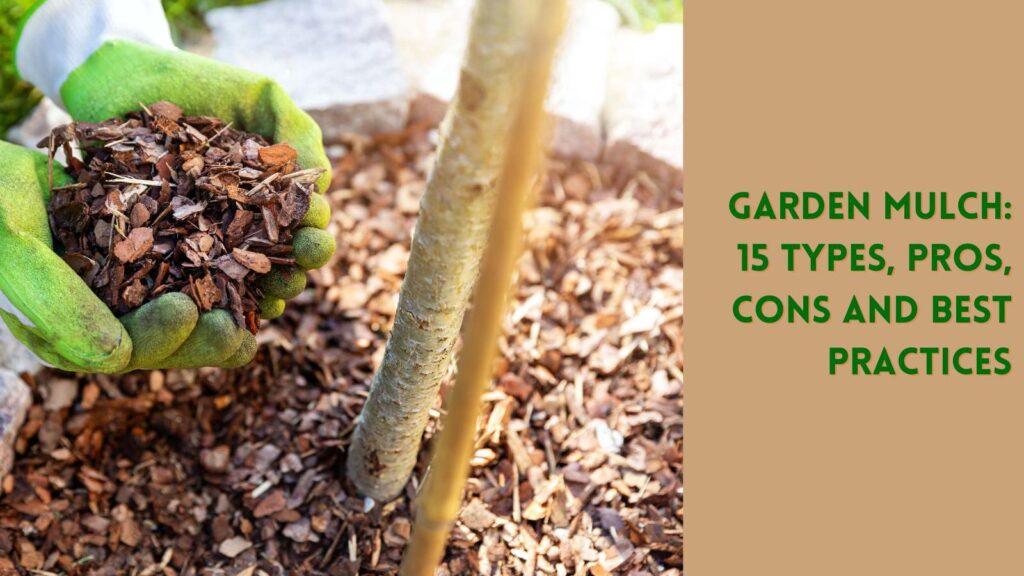
The Takeaway: Understanding When to Plant Trees Is Critical to Success
Planting trees is more than just a landscaping decision; it’s an investment in the future. Trees thrive when you plant trees at the right time and with the proper care. Over time, they will enhance the beauty and value of your property.
For more specific advice tailored to your property’s needs or to schedule a tree planting service, contact Tayloe’s Lawn Care Services. Our experts are always here to ensure your green spaces flourish year-round.
You can connect with us at 252.287.3376 by phone or text. We also invite you to follow us on Facebook.
Author Profile

- Randy Tayloe is the COO of Tayloe's Lawn Care Service, LLC. He is a certified custom applicator, recognized by the North Carolina Department of Agriculture Pesticide Division. A native of Bertie County, NC, and graduate of Bertie High School, he wants to beautify his home county - one yard at a time.
Latest entries
 Lawn CareDecember 29, 2025Benefits of de-icing treatments ahead of winter weather
Lawn CareDecember 29, 2025Benefits of de-icing treatments ahead of winter weather FaunaOctober 3, 2025Fall decorations that endanger wildlife (and how to avoid the risks)
FaunaOctober 3, 2025Fall decorations that endanger wildlife (and how to avoid the risks) GardeningApril 1, 2025Fountain grasses add colorful foliage and movement
GardeningApril 1, 2025Fountain grasses add colorful foliage and movement GardeningMarch 21, 2025White cloud muhly grass growing guide
GardeningMarch 21, 2025White cloud muhly grass growing guide

